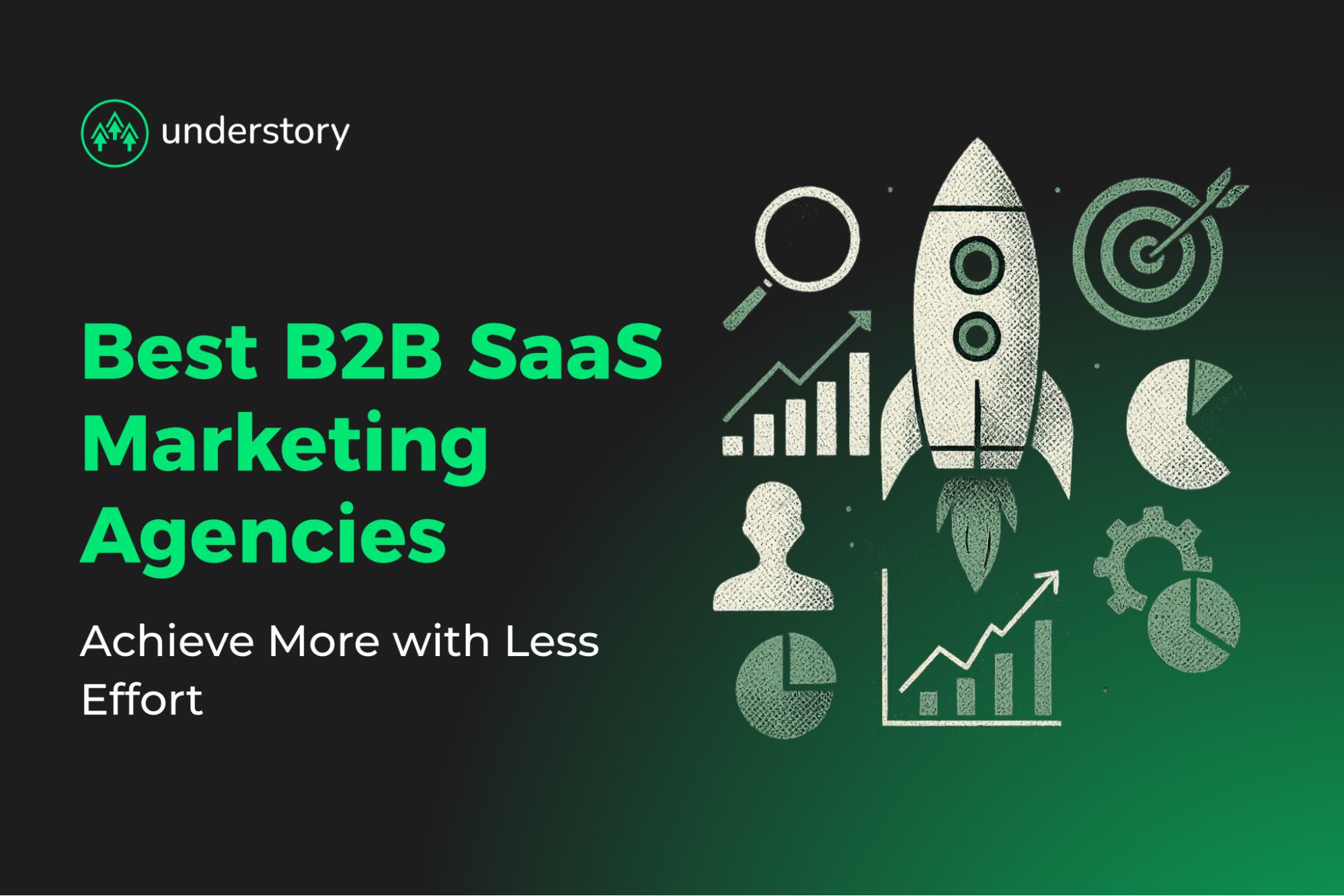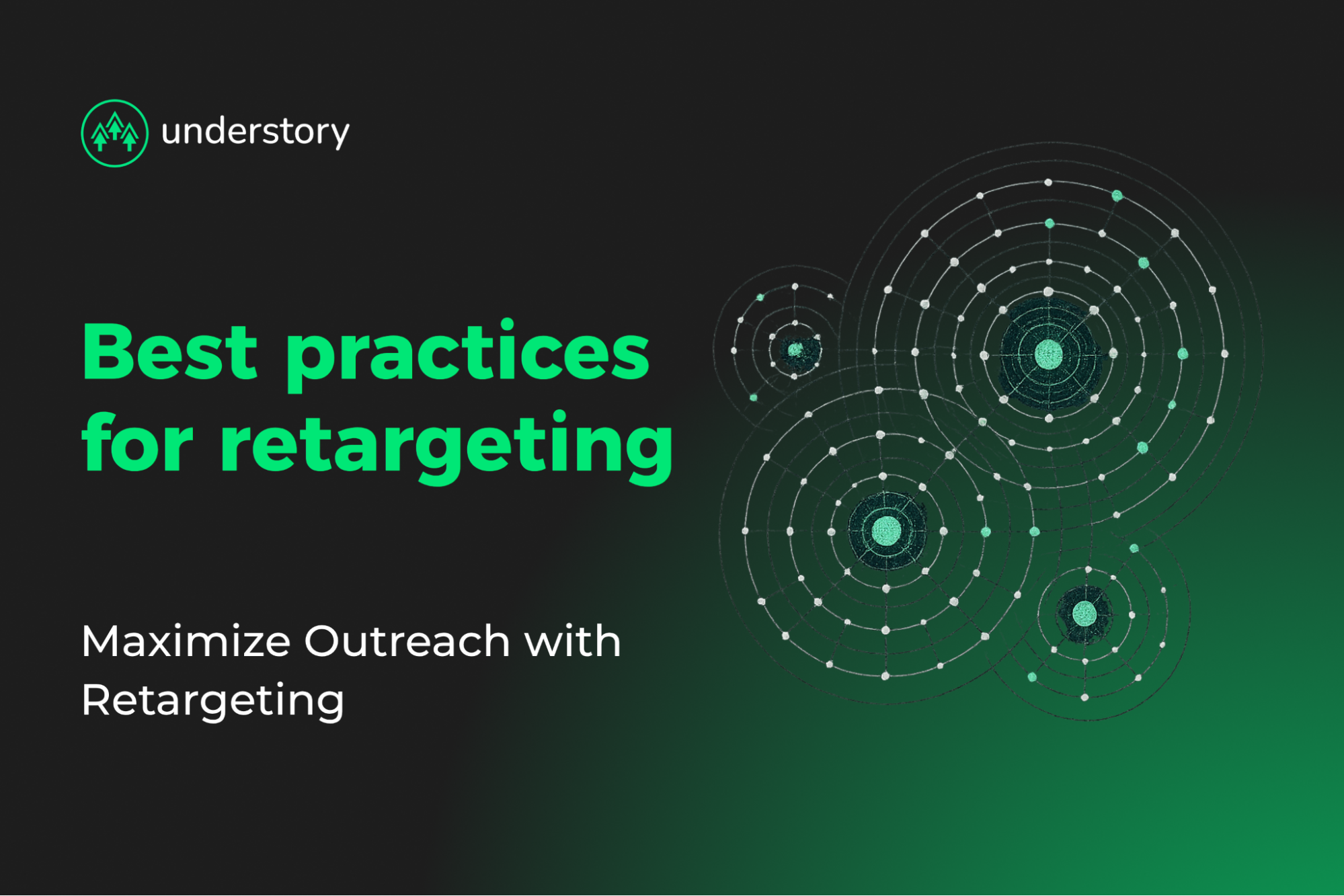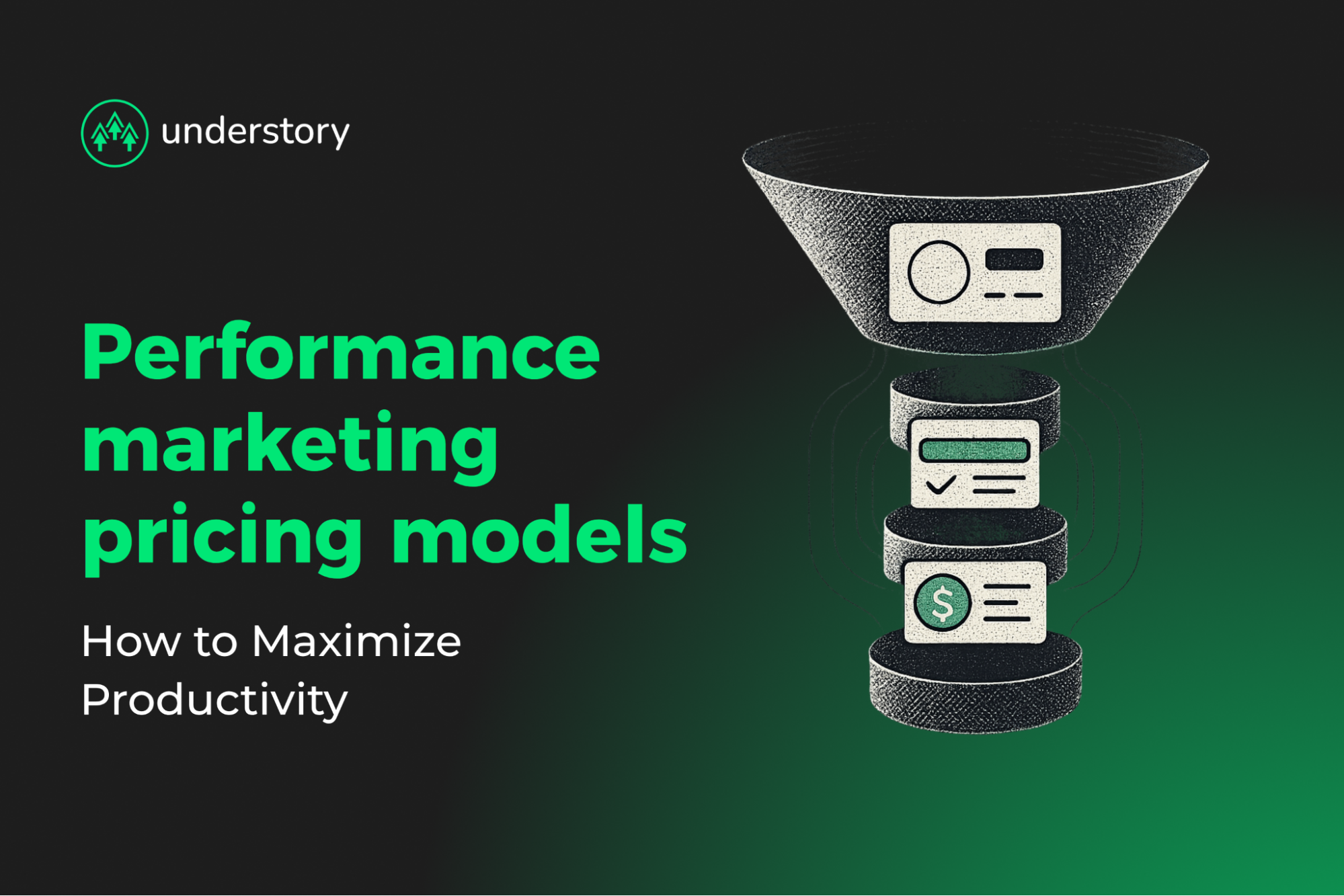

What is a good LTV to CAC ratio?
Track how efficiently you acquire customers, keep them, and maximize their lifetime value.
Tracking your Customer Lifetime Value (LTV) to Customer Acquisition Cost (CAC) ratio shows how efficiently you acquire customers, how long you keep them, and how much value they generate over time. This metric indicates whether your business model creates sustainable growth or burns cash on every new customer.
The ratio compares two critical numbers. LTV measures how much gross profit you earn from an average customer over their entire relationship with your company. CAC is how much you spend in sales and marketing to win that customer. When LTV significantly exceeds CAC, you have a healthy growth engine. When they're close or inverted, you're losing money.
This guide shows you how to quickly calculate LTV and CAC correctly, understand industry benchmarks, identify weak spots, and improve your ratio through coordinated marketing.
What is the LTV to CAC ratio?
The LTV to CAC ratio measures how much lifetime revenue your company earns for every dollar spent acquiring a customer. For recurring-revenue businesses, this ratio reveals whether your go-to-market model fuels sustainable growth or quietly burns cash.
It's calculated as: LTV ÷ CAC = LTV to CAC Ratio
The industry benchmark is around 3:1, meaning every dollar spent on acquisition should generate three dollars in lifetime gross profit. Ratios below 1:1 indicate unprofitable acquisition, while those above 6:1 often signal under-investment in growth.
For example, let's assume that a SaaS company spends $20,000 to acquire 40 customers this quarter. For them:
- CAC = $20,000 ÷ 40 = $500 per customer
- LTV = $4,500 lifetime gross margin per customer
- LTV to CAC = 4,500 ÷ 500 = 9:1
This 9:1 ratio shows strong profitability and room to scale acquisition while maintaining high returns.
Understanding your CAC:LTV ratio first requires knowing the basics of how to calculate each metric.
How to calculate LTV and CAC
SaaS teams need accurate LTV and CAC calculations when scaling. Getting these wrong leads to wasted spending, unrealistic forecasts, and poor growth decisions.
Calculate LTV: How much value each account delivers
LTV measures the lifetime gross profit from an average customer. The standard formula is:
LTV = (Average Monthly Recurring Revenue × Gross Margin) ÷ Customer Churn Rate
These formulas hinge on three levers teams can directly influence:
- Monthly revenue per account (ARPA)
- Gross margin after hosting and support costs
- Monthly churn rate
Because churn sits in the denominator, small retention improvements drive substantial lifetime gains. For example, let's assume that there is a B2B SaaS platform with $1,600 ARPA, 80% gross margin, and 2% monthly churn. Their LTV can be simply calculated by:
LTV = (1,600 ÷ 0.02) × 0.8 = $64,000
A few common mistakes organizations make while calculating LTV include using revenue instead of gross margin (which inflates results), averaging churn across customer segments with different behaviors, and overestimating lifetime beyond proven retention data.
These errors lead to overconfidence and excessive CAC spending, ultimately hurting profitability.
Calculate CAC: What it costs to win a customer
CAC shows the average cost to acquire each paying customer. Use this formula:
CAC = (Total Sales & Marketing Spending) ÷ New Customers Acquired
Your total spending should include:
- Paid media and outbound campaigns
- Sales salaries and commissions
- Events, content, and partnerships
- RevOps tools and infrastructure
For example, if your team spends $120,000 in a quarter and acquires 60 new customers:
CAC = 120,000 ÷ 60 = $2,000 per customer
Track CAC by cohort and reconcile spending once deals are booked to maintain financial accuracy. Reliable LTV and CAC numbers form the backbone of strong unit economics and are key metrics investors use to assess your growth efficiency.
What is the ideal LTV:CAC ratio?
The 3:1 LTV to CAC ratio reflects strong marketing strategy performance. Every $1 spent acquiring a customer should generate $3 in lifetime gross profit. This covers costs, funds reinvestment, and maintains sustainable growth.
At this level, margins create room for ongoing expenses like research and development, customer success, and infrastructure. These investments support scaling without sacrificing product quality or retention.
This benchmark also sends a clear signal to investors. Maintaining a 3:1 ratio demonstrates operational efficiency and the ability to turn acquisition spending into long-term customer value, traits that correlate with higher valuations and stronger funding outcomes.
Ratios far above 3:1 (like 8:1 or 10:1) often indicate under-investment in growth. While profitability looks strong on paper, it may mean your company is missing market share by spending too cautiously on acquisition. Competitors willing to invest more aggressively could capture those opportunities first.
Conversely, ratios below 3:1 reveal inefficient acquisition or weak retention. A 1:1 ratio means you're burning cash on every new customer, while even 2:1 suggests poor ROI or churn issues. These cases call for optimization by either improving marketing efficiency, adjusting customer onboarding and engagement, or tightening product-market fit.
Benchmarks by industry and growth stage
While the 3:1 LTV to CAC ratio remains a universal benchmark, the "ideal" ratio can vary slightly by industry, business model, and growth stage.
Your targets should align with the economics of your category and the maturity of your go-to-market strategy. Industry specific benchmarks to consider are shown in the table below:
| Industry | Early-Stage "Good Enough" | Mature "Ideal" | Why It Differs |
|---|---|---|---|
| SaaS (recurring revenue) | 2 : 1 | 3 : 1 | High gross margins and predictable renewals justify more aggressive CAC. |
| E-commerce | "Near-breakeven" to ~2 : 1 | 3 : 1 | Thinner margins and faster churn force tighter unit economics. |
| Subscription Media / Streaming | ~3 : 1 | 3 : 1+ | Long contracts and low churn lift LTV enough to support bigger sales investments. |
| Enterprise Software / Professional Services | High-CAC accepted if payback is clear | 3 : 1+ | Long contracts and low churn lift LTV enough to support bigger sales investments. |
Your growth phase adds another layer of consideration:
- Early-stage startups (pre-Series A) may show ratios below 3:1 while testing product-market fit and building early traction. The focus is validation, not efficiency.
- Growth-phase companies can experience temporary dips below 3:1 as they expand channels or enter new markets, provided they have visibility into future recovery through retention and upsell.
- Mature SaaS organizations likely face investor expectations of a consistent 3:1 or higher once operations stabilize. Strong onboarding, brand reputation, and process efficiency should compress CAC while extending LTV.
Benchmark flexibility also depends on your sales cycle and customer behavior. Enterprise SaaS faces high CAC due to long deal cycles and heavy sales investment, but multi-year contracts and low churn keep ratios sustainable. Mobile apps often show low CAC but high churn, and only with strong retention loops can they approach SaaS-like ratios.
For complex B2B SaaS with annual contract values above $20K, avoid tracking one blended ratio. Segment by deal type (SMB, mid-market, enterprise) to identify true ROI drivers. Enterprise deals may look inefficient at first but typically rebalance the ratio once renewals and expansions compound over time.
Common causes of a poor CAC:LTV ratio
When your LTV:CAC ratio falls below expectations, you need to identify what's driving the problem. A weak ratio usually points to inefficiencies in acquisition, retention, or pricing.
High CAC typically comes from expensive channels, poor conversion rates, or lengthy sales cycles. Broad targeting compounds the problem. Paid social campaigns reaching wide audiences burns your budget without generating a qualified pipeline.
Low LTV stems from high churn, weak engagement, or aggressive discounting. When customers disengage after signup, projected revenue drops. Poor onboarding and lack of proactive customer success accelerate churn.
Blended metrics can also hide problems. Different customer segments perform differently. Without segment-level analysis, you can't see where to allocate resources effectively.
Fix this by evaluating efficiency across segments. Analyze paid media performance by customer type, retention patterns by cohort, and revenue concentration by deal size. Verify your calculation inputs regularly. Errors in gross margin assumptions or churn estimates distort your ratio and lead to poor allocation decisions.
Once you understand the cause of a poor ratio, you can take informed steps toward improvement.
How to improve your LTV to CAC ratio
You improve this ratio by earning more from each customer while spending less to acquire them. Both levers matter.
Raise LTV through retention and expansion. Small churn reductions create outsized LTV gains since churn sits in the denominator of the formula. Steps to improve include:
- Strengthen onboarding so customers reach value quickly through in-app guidance and clear setup support.
- Build upgrade paths with add-on features, additional seats, or premium tiers. Structured upsell programs lift customer value without additional acquisition cost.
- Price against perceived value rather than competing on discounts, and promote annual plans to improve cash flow.
- Assign customer success managers from day one to monitor account health, anticipate risks, and conduct quarterly reviews that reinforce ROI.
Lower CAC by targeting efficiently. Refine your ideal customer profile so marketing and sales focus on high-fit prospects with budget, need, and short procurement cycles. Here are some strategies to consider:
- Reallocate spending from low-yield channels to efficient ones.
- Align messaging across ads, landing pages, and sales materials.
- Simplify forms and streamline demo booking.
- Provide sales teams with persona-specific tools like ROI calculators and security briefs to shorten cycles.
- Activate referral programs and product-led models like free trials. These channels often outperform paid ads in efficiency.
Balance growth with profitability. Ratios above 4:1 usually signal under-investment rather than operational excellence. Maintain a range between 3:1 and 4:1, adjusting spending as performance evolves. Monitor payback periods alongside your ratio. Under 12 months with a 3:1 ratio indicates room to increase investment. Beyond 18 months signals the need to focus on retention and pricing improvements.
Test one new acquisition channel quarterly with defined budgets and goals. Scale what works and cut what doesn't. Analyze ratios by segment rather than using one blended figure. Enterprise customers justify higher acquisition costs through longer contracts and lower churn, while SMB segments need shorter payback periods. Segment analysis ensures capital allocation matches economic realities.
When considering any strategy to improve your CAC:LTV ratio, keep in mind that these strategies work best when paid media, outbound, and creative operate in coordination rather than silos.
Make the most of your marketing with Understory
When you’re looking to drive measurable results and make the most of every marketing dollar spent, we know the last thing you want is to waste time coordinating specialists across paid media, outbound, and creative. Even worse when you find out that your prospects receive disconnected messaging despite the time and money invested.
Understory eliminates coordination overhead through expert allbound execution. We run strategic paid media across LinkedIn, Google, and Reddit while Clay-powered outbound sequences retarget engaged prospects immediately. Professional creative maintains consistent positioning across all touchpoints. This coordinated approach delivers a qualified pipeline without vendor management complexity.
Schedule a call to see how coordinated allbound execution can effectively scale your marketing.




